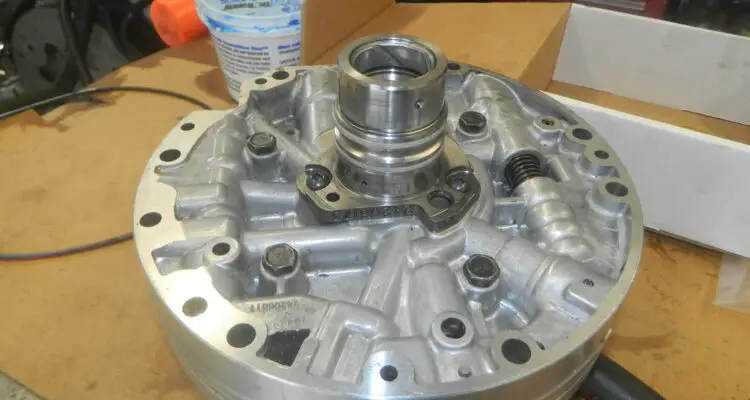For both car novices and passionate enthusiasts, comprehending the intricacies of your vehicle’s transmission is akin to unraveling a captivating mystery. The 4L60E transmission problems, an integral component in numerous GM vehicles, carries its own set of idiosyncrasies. In this guide, we’ll navigate through the essentials of this transmission and equip you to diagnose and troubleshoot common hiccups effectively.
Embarking on the 4L60E Transmission Journey
In today’s automotive landscape, automatic transmissions are a ubiquitous sight. One standout in this realm is the 4L60E transmission, a technologically advanced successor to the hydraulic-controlled 4L60. The defining feature of the 4L60E is its shift control mechanism, which embraces electronic innovation. This leap leads to smoother gear transitions, rapid and precise shifts, and the option for manual control.
Benefits of Electronic Shifting
The allure of electronic shift control over traditional hydraulic systems is undeniable:
- Seamless and expeditious shifts.
- Enhanced fuel efficiency.
- Augmented vehicle command.
- Prolonged lifespan for transmission and engine components.
- Fusion of manual control capabilities.
While repairing electronic transmissions poses unique challenges due to their intricate nature, it’s worth recalling that traditional hydraulic systems also demanded specialized expertise.
4L60E-Equipped Vehicle Panorama
The 4L60E transmission has found a home in a diverse array of GM vehicles, spanning Cadillac, Chevrolet, Pontiac, and GMC. From the iconic Chevrolet Camaro to the versatile GMC Yukon, this transmission has seamlessly integrated into an eclectic mix of automobiles, encompassing trucks, SUVs, and sedans.
Decoding 4L60E Transmission Quandaries
Encountering transmission predicaments can be a vexing experience. However, unraveling the mysteries behind common issues and deciphering diagnostic codes can simplify the troubleshooting process. Some prevalent OBDII diagnostic trouble codes (DTCs) associated with 4L60E transmission challenges include:
- P0706: Transmission Range Sensor Circuit Range/Performance
- P0740: Torque Converter Clutch Circuit Malfunction
- P0753: Shift Solenoid ‘A’ Electrical
- P0785: Shift/Timing Solenoid
- P0894: Transmission Component Slipping
When symptoms manifest, such as abrupt shifts or unpredictable gear behavior, promptly seeking professional assistance is prudent.
Technical Service Bulletins (TSBs): Illuminating the Path
Unveiling Technical Service Bulletins (TSBs) can illuminate the path toward resolution. Here are a few notable TSBs pertaining to the 4L60E transmission:
- TSB 01-07-30-023B: Tackling harsh 1st to 2nd gear upshifts resulting from wear, the remedy involves updating TCC regulators and isolator valves in the valve body.
- TSB 01-07-30-038D: Addressing the loss of 3rd and 4th gears coupled with erratic performance and slipping, this TSB advocates for valve bore cleaning and meticulous inspection of bands and clutches.
- TSB 06-07-30-007A: Confronting jarring 1st to 2nd gear shifts alongside error code P0894, the solution entails replacing the TCC solenoid and transmission wiring harness.
In Closing
The saga of the 4L60E transmission resonates across the automotive landscape, epitomizing electronic shift control’s prowess. Regardless of whether you’re piloting a Chevrolet Silverado or a GMC Yukon, acquainting yourself with the transmission’s nuances and acquiring the skills to diagnose issues is a prudent investment. While navigating the realm of intricate transmissions may appear daunting, entrusting your vehicle’s care to professionals ensures both your security and your automobile’s peak performance.







